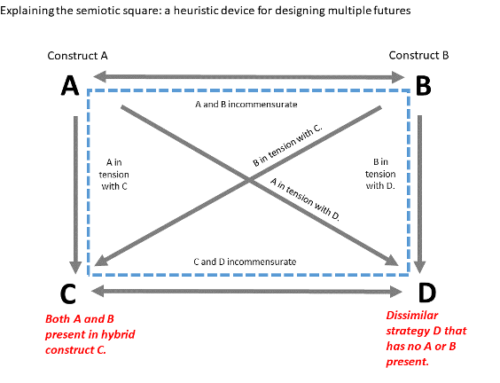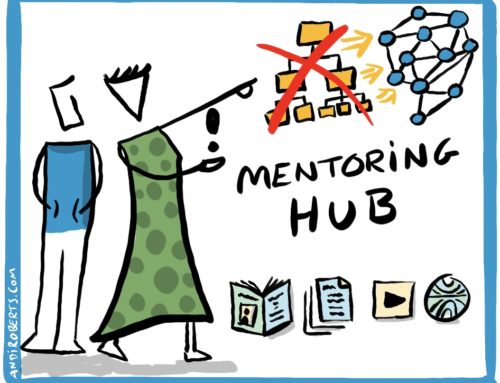The book in 3 sentences
The core idea is that without a shift in trust, social capital, belonging, and relatedness…our capacity to solve problems, organize work effectively, or end the suffering around us is greatly diminished. Genuine transformation arises when everyone connected to the situation shows up, trusts each other and decides how to make things better…the possibilities we have. Through a series of questions, asked in an engaging environment, we can fully engage the spirits of all to inspire the changes we wish to see in our teams, businesses or community.
Who should read it
Anyone who wishes to see change in the way the systems they operate in: teams, businesses, schools, communities, politics and beyond.
Top 3 quotes
“The transformation we seek occurs when these two conditions are created: when we produce deeper relatedness across boundaries, and when we create new conversations that focus on the gifts and capacities of others.”
“The context that restores community is one of possibility, generosity, and gifts, rather than one of problem-solving, fear, and retribution. A new context acknowledges that we have all the capacity, expertise, and resources that an alternative future requires. Communities are human systems given form by conversations that build relatedness. “
“We are owners of every issue that faces us. We need to be willing to answer “How have I contributed to creating the current reality?” This question is core to Community. Innocence or indifference are subtle denials of ownership.”
Top takeaways:
There are many, but here are the ideas that particularly stand out for me…
1) We have delegated / outsourced ownership of some of the key systems that we are a part of, and if we wish for them to improve, we have to get involved in co-creating the future with our peers.
2) We need to move away from our deficiency focus: blame, scarcity, competition and individuality and shift towards a community of possibilities where people can bring their gifts to power to co-create and hold ourselves accountable,
3) By convening our peers in small groups, we can recreate the strong associational life our communities require. This re-inverts the citizen as the focal point, rather than “the leaders”.
4) A starting point is the language we use: gifts, possibility, generosity and restoration. This language creates connectedness.
5) Questions are more transforming than answers. The great ones are slightly ambiguous and personal and evoke some anxiety. Enable people to give unpopular answers and build up the risk level of questions as people build trust.
6) Connection before content. The tendency is to rush to task, but before the work can be done people need to feel connected to each other AND the task in hand.
7) There are six sets of questions/conversations that can co-create the future: Invitation, Possibilities, Dissent, Ownership, Commitment and Gifts. Each of these build on each other and the order can be changed.
8) In order to co-create we need to ensure hospitality: how we invite, welcome and set up the spaces we use to co-create what matters. Too many room set ups focus on the “leader/expert”… flat open space and a round circle of chairs (no tables) that are easy to rearrange are ideal.
Connected readings:
Peter’s has written extensively on the topic of returning institutions back to the people and rewiring society. The answer to how is yes, The abundant community, and his recent book Activating the Common Good are solid follow on reads. Consider buying his books at his webstore.
My quick visual notes:
Here are the notes I made as I reread the book:
Connection to my work:
As a leadership coach, facilitator and executive educator the book resonates with me due to the focus on asking powerful questions and getting leaders to reconnect to what is truly important and by creating change WITH the employees and other connected stakeholders. This book provides a solid process for co-created change in organisations and society as a whole. As an associate of Peter’s company Designed Learning, I am involved in delivering his work.










[…] Previous […]